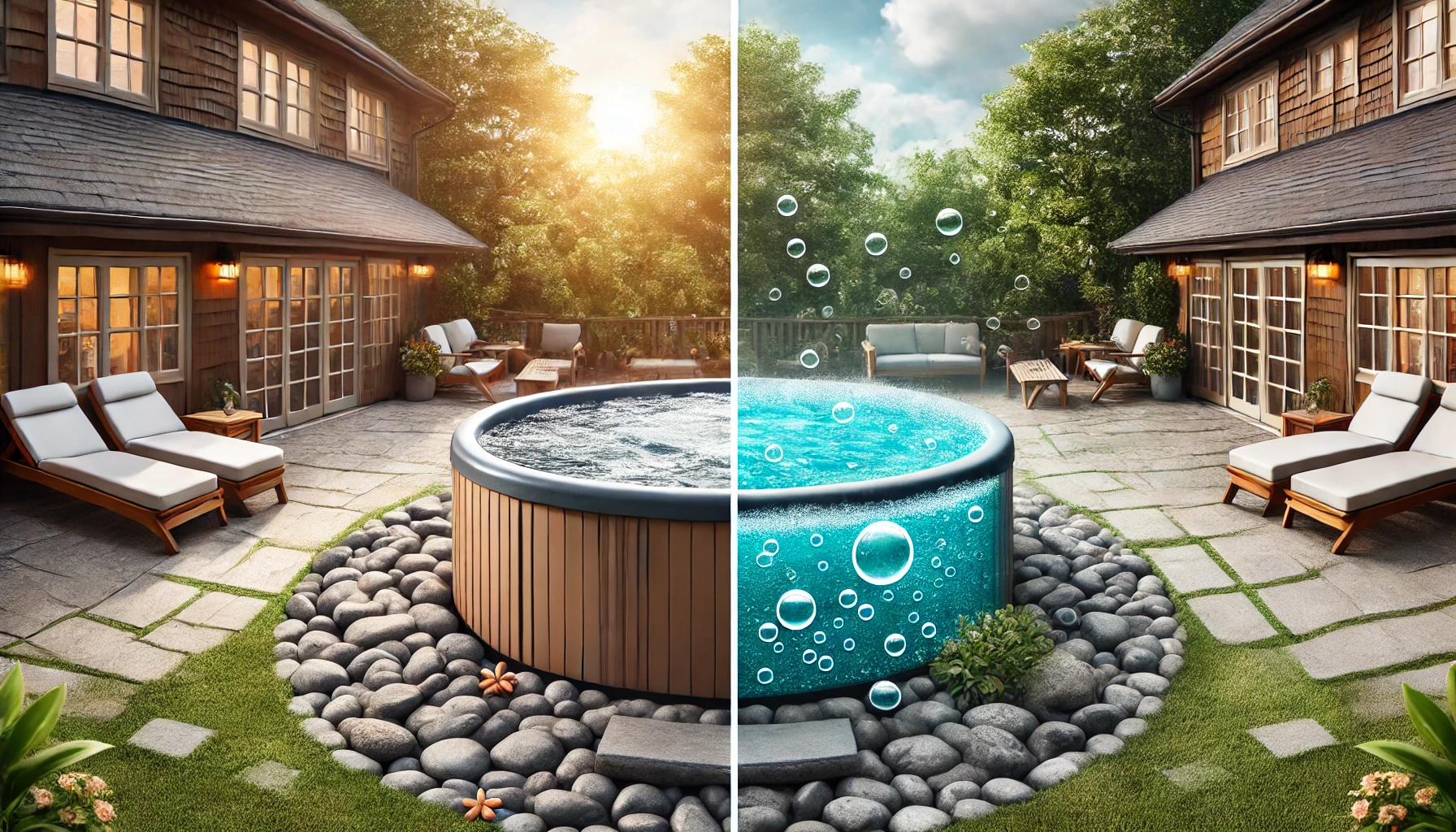
Overview
Cyanuric Acid (CYA) stabilizes chlorine in a hot tub making it last longer.
Why does this matter?
CYA buffers chlorine and that leads to two important outcomes:
- Chlorine will be less likely to be impacted by sunlight.
- Chlorine will be less harsh.
Sounds great, right? Well like anything, the devil is in the details. As CYA increases, so does the amount of chlorine needed to properly sanitize water. So a little bit of CYA is good as it helps to raise the chlorine range so there’s more of a buffer between the lower end and zero, but too much and the cost of properly sanitizing the hot tub may exceed the cost of draining and refilling it.
I highly recommend reading the following from Trouble Free Pools on the CYA chlorine relationship: CYA Chlorine Relationship – Further Reading
How do I measure CYA?
A drop test kit, using a tube where you fill it until a black dot disappears, is the most accessibly accurate method for hot tub owners. Test strips aren’t accurate enough to make dosing decisions.
I would recommend testing CYA at least monthly, or whenever a substantial amount of water has been replaced.
What is a good CYA for my hot tub?
Somewhere between 30 and 50 is good. At this level, your chlorine levels can be high enough to avoid going to zero between sessions but not too high to require a lot of chemicals to properly sanitize.
How do I change CYA in my hot tub?
You can lower CYA by draining and refilling parts or all of the hot tub.
You can increase CYA by using a stabilized form of chlorine such as Dichlor or you can directly add stabilizer to the water — as a hot tub owner, you likely already have Dichlor so it makes most sense to use that until your CYA reaches the 30 to 50 range and then switch to a form of chlorine that is not stabilized.